|
“All grown-ups were once children…but only few of them remember it.” -Antoine de Saint-Exupery Early childhood education needs YOU! Help us advocate for accessible, high quality early childhood education (ECE). Just follow these two steps: STEP 1. Get informedHere are four elements of quality child care from ZERO TO THREE's website, in an infographic entitled “America’s Future Depends on Quality Child Care.” The decision-makers affecting policies and funding need all our voices. Let's remind them about the value of childhood and about the resources needed to provide the education and care that nurtures it. Let's help policy-makers and funders see ECE as a wise investment - every dollar spent on quality ECE saves many more dollars in the future. And good ECE makes for happier childhoods that lead to more productive adult lives! It's important for our voices to be heard. Legislation and administrative decisions about ECE have a profound impact on how children and families are served, how child care professionals and educators are trained, evaluated and compensated, and ultimately, how children remember their childhood. These decisions affect not only children and our ECE workforce but also our communities and our country’s economy and workforce. So we need to share with decision-makers what “quality early child care” is and what it isn’t. Administrators, legislators, school board representatives and the voting public need to know what caregivers, teachers and researchers have learned through our work with young children. Remember: Advocacy is just reaching out and telling people what we know, and we can all do our part. Join us in advocating for ECE with the decision-makers in your community. Together we can support early childhood care and education! 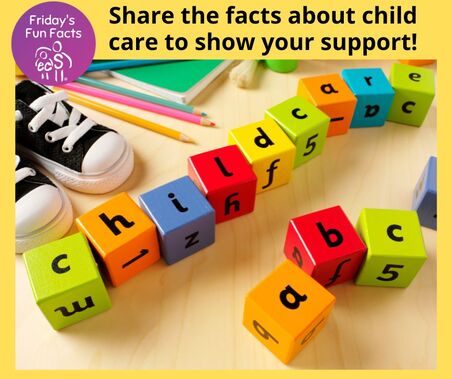 Here are more facts for you: Child care is an essential service that requires support! There are so many young children in care, but unfortunately most of them are in programs of low quality. Child care professionals' work is critical to children's development, but it receives extremely low compensation. For high quality, affordable care and wages that support child care professionals, we need public investment - and we need it now! Again, please do your part to support early childhood education, childcare workers and families in the important work they do! Know the facts and share what you know with policy makers. Here are some statistics from ZERO TO THREE, from their resource "Infant-Toddler Child Care Fact Sheet":
STEP 2. Reach out
Here are two organizations we recommend that share our concern for not only funding early childhood education, but also for how those dollars should be spent:
Don’t let your busy schedule prevent you from doing something to advocate for young children, families - and yourself! If not us, then who? At ECS, we're advocating for you!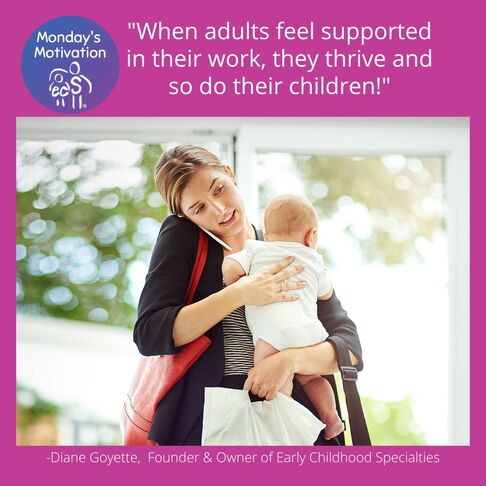 My statement on this image sums up the reason I am so passionate about supporting children, families and early childhood caregivers. Early childhood education affects us all - whether we are in the early childhood profession or not, whether we are parents or not. When I wrote this statement, I was thinking primarily of the early childhood workforce. But it’s true of all parents - they need to feel supported in their work of raising children as well as in their paid employment. That’s why we early childhood educators must advocate for our profession, in addition to our primary task of meeting the needs of the children we teach and care for. We need to be supported, so we and our children can thrive! We wholeheartedly agree with Michelle McCready, the interim CEO of @Child Care Aware of America. Her opinion piece appeared in the publication The Hill on January 9, 2023, entitled “America 2023: When even members of Congress don’t have child care.” She discussed the importance of affordable and high-quality child care for families and for our country. Here is an excerpt: “Child care is a crucial component of our country’s economy; it’s the work that makes all other work possible. The high cost of child care and lack of availability is bad news for families, but it’s also bad news for employers and communities who benefit from widespread access to affordable, high quality child care.” Well said, Michelle! You can read the rest of her opinion piece here. References & ResourcesDefending the Early Years (DEY). (n.d.). Mobilizing kit for parents and teachers concerned about what’s happening in our early childhood classrooms (Preschool through 3rd grade). https://dey.org/wp-content/uploads/2020/01/DEY-Mobilizing-Kit-FINAL-FINAL-2020-updated.pdf
McCready, M. (2023, January 9). America 2023: When even members of Congress don’t have child care. Child Care Aware of America. https://thehill.com/opinion/campaign/3805641-america-2023-when-even-members-of-congress-dont-have-child-care/ National Association For the Education of Young Children. (n.d.). Public policy and advocacy. https://www.naeyc.org/our-work/public-policy-advocacy National Association For the Education of Young Children. (n.d.). Tell Congress to #SolveChildCare! https://www.votervoice.net/NAEYC/Campaigns/101148/Respond Zero to Three. (2019, October 11). America’s Future Depends on Quality Child Care. https://www.zerotothree.org/resource/americas-future-depends-on-quality-child-care/ Zero to Three. (2021, September 6). Infant-Toddler child care fact sheet. https://www.zerotothree.org/resource/infant-toddler-child-care-fact-sheet/
0 Comments
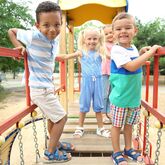 Safety is always the priority when caring for young children! In this post we're sharing information and tips for keeping children safe this summer - around water, in the heat, and in the sun. We want everyone to enjoy the summer safely! Water Safety“Every pool, every lake and every warm summer day holds the possibility of new, fun summer experiences. All you need to add is your undivided attention.” - National Safety Council Did you know?
Here are some tips from the National Safety Council for keeping children safe around water: Even when we’re not supervising young children in or around water, there are things we can all do to prevent drownings. We can find a local drowning prevention charity and take advantage of the programs they offer to keep your children safe. Or support their mission. Or better yet, do both! Here are two Texas charities I've found. Sadly, both were formed after a young child drowned:
Together, let’s save lives! Sun Safety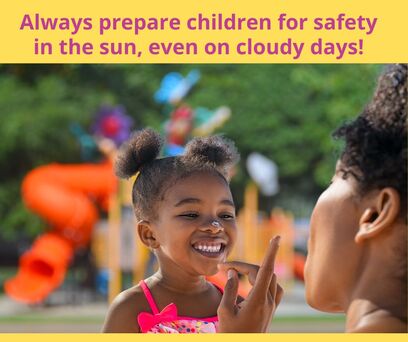 Here are 7 sun safety tips for you from the American Academy of Pediatrics, through the website healthychildren.org: -Keep infants under 6 months old out of the sun -Dress children in lightweight clothes with a tight weave that cover the body -Have kids wear wide-brim hats -Stay out of the sun between 10am and 4pm -Provide youth sunglasses with 99% UV protection -Use sunscreen, reapplying every 2 hours -Model sun safety for kids Heat SafetyHere are some ways to keep children safe on hot days, also from healthychildren.org:
Lastly, here’s one more important heat safety fact: “Between Memorial Day and Labor Day, about three kids die each week in hot cars,” according to the National Safety Council. “Even on mild or cloudy days, temperatures inside vehicles can reach life-threatening levels. Leaving windows slightly open doesn't help. Children should never be left unattended or be able to get inside a vehicle.” See the page “Kids in Hot Cars: One Child is Too Many” on their website for more info. The NSC also has free resources you can share with your program’s families. References & ResourcesHealthychildren.org. (2023, July 26). Extreme heat: Tips to keep kids safe when temperatures soar. American Academy of Pediatrics. https://www.healthychildren.org/English/safety-prevention/at-home/Pages/Protecting-Children-from-Extreme-Heat-Information-for-Parents.aspx
Healthychildren.org. (2023, November 20). Sun safety: Information for parents about sunburn & sunscreen. American Academy of Pediatrics. https://www.healthychildren.org/English/safety-prevention/at-play/Pages/Sun-Safety.aspx National Safety Council. (n.d.). Drowning can happen in an instant. https://www.nsc.org/community-safety/safety-topics/seasonal-safety/drowning National Safety Council. (n.d.). Kids in hot cars: One child is too many. https://www.nsc.org/community-safety/safety-topics/seasonal-safety/summer-safety/heat Family travel can be a great summer adventure! Help your trips be enjoyable experiences by keeping these tips and benefits in mind. Know that whatever your summer brings, we are wishing you well! Travel TipsHere are some tips on how to prepare:
While on the trip:
Are you traveling to a theme park this summer? If so, here are some ideas that may make your trip rich with family memories – even the funny and unexpected ones! Tips for Trips to Theme Parks:
Benefits of Family TravelTravel brings new perspectives. Traveling with children can be a challenge, but providing them with these varied experiences is well worth our effort! Travel boosts children’s development, especially their social and emotional learning. It literally expands their world and exposes them to different ways of doing things - speaking, dressing, eating, sleeping, etc. Children - and adults - may become more empathetic, appreciative of cultural and individual differences, and open to new experiences. We hope summer travel brings you and your children a new way of seeing! Travel cements connections and builds brains. Traveling and taking adventures help us to grow! We humans are natural explorers, and our brains are wired to desire new experiences - to be physically active, especially in nature, and to use our brains to make sense of it all. We also have a primary need to be in relationships with others. So when we travel with our families, we’re tapping into these basic desires and needs. Going on family adventures is good for our children, and it’s good for us adults, too! Traveling supports strong brain development, but so does making any changes in our routines! Babies pay more attention to novel experiences, and so do we. To stimulate our children’s brains (as well as our own), try taking an adventure soon, even if it’s finding a way to disrupt your routine, like having a “backwards day” or “opposite day.” If you want to travel but your budget doesn’t allow for flights or long road trips with hotel stays, try camping. It was a favorite form of adventuring for my husband, my daughter and me when she was younger - and it was definitely budget-friendly. Now that I’m older, I must admit I prefer the comfort of a real bedroom and adjacent bathroom at night, but I still very much enjoy our family hikes! We're wishing you a summer of fun family travel!One wish for you is that summer travel brings you renewed appreciation of the people and the everyday routines in both your work life and your family life! When we travel, sometimes we appreciate our work and home lives and the people in them even more. Many years ago, I went on a week-long trip with a friend, leaving my school-age daughter behind with my husband for his first stint solo-parenting. He was often away on work trips, and left all of the parenting up to me. Before we left, I was thinking that my time away would help him to appreciate me more as the primary caregiver of our child. What happened instead was that I appreciated him more for being a more compatible travel companion! What renews your appreciation for the people and things in your life? Another wish is that we all better appreciate what we have, even if we can’t get away and travel this summer. Sometimes when we travel or even when our routines change, our appreciation can grow - not only of people but of things as well. When we have been away from our own beds, our daily schedules, our preferred foods, our language, etc., we miss all the familiarity of our home or work spaces and routines. But we may also become happier with what we have been used to - even the mundane or boring parts of our lives! As the saying goes, “There’s no place like home! Whether your summer plans include a family trip, a needed grown-up getaway, or just a staycation, may you enjoy it all - the going somewhere and the being back home again! References & ResourcesOnline Psychology Degree Guide. (n.d.). 10 things to know about the psychology of travel & adventure. www.onlinepsychologydegree.info/psychology-of-travel-adventure/
Weiner, R. (2023, May 26). Surviving vacation with kids. learnplaygrowconsulting.com/blog/survivingvacationwithkids May is Mental Health Awareness Month, so I'd like to help you support the mental health of infants and young children!
1. Respond quickly to infants' needsBabies require a lot of attention! They depend on the adults in their lives for all their needs, transitioning at an incredible rate into more independent little people. While parents and caregivers are busy meeting their physical needs, an infant’s social and emotional foundation is also being established. Meeting an infant’s mental health needs not only comforts them in the moment, it also affects their future mental health, their ability to learn and process the world and information around them, and their ability to tolerate frustration, solve problems, and adapt to situations. These are all lifelong skills, crucial to learning, jobs and relationships. 2. Attend to attachment Speaking of attachment, it is one of the most important factors affecting infant mental health. Having secure attachment relationships to their caregivers - including you - is absolutely crucial for babies. Here is a quote from HiMama's blog (4) that shares tips for supporting attachment:
3. Watch for warning signs These behaviors may sometimes be seen in healthy developing children. The time to be concerned is when something becomes a pattern. After making efforts to ensure that the child is safe and feels a sense of security, family caregivers may want to consult their medical or mental health provider . He/she can refer the family to other resources if needed. Here are some signs that an infant may be experiencing a problem with mental health, quoted from an online article from a behavioral health provider (6):
References & Resources
When we think of dramatic play for preschoolers, we often jump straight to deciding which theme we'll use. Housekeeping or home centers are by far the most common theme for dramatic play, and they are often the best themes to start with when children are new to your classroom or program. But besides brainstorming fun pretending set-ups - which I must admit is the fun part for me - there are also other things to think about. Here are five things to consider when setting up or enhancing your dramatic play center: 1. Help your children imagine new futures for themselves!"What do you want to do when you grow up?" It's a common question to ask children. Do your children see the immense world of possibilities for themselves? It's part of our jobs to open our children's world to what could be and to encourage them to dream bigger if they chose to. Especially for children from marginalized groups or disadvantaged backgrounds, we can expose them to new possibilities they may be unaware of. We can help them believe that they can do whatever work they dream of - as scientists, athletes, doctors, astronauts, etc. The dramatic play center is the perfect place for trying out these roles! A quote from Harriet Tubman reads, “Every great dream begins with a dreamer. Always remember, you have within you the strength, the patience, and the passion to reach for the stars to change the world.” As teachers, our dreams are for our children to change the world for the better. The challenge for all of us adults is to help children develop that strength, patience, and passion - so they feel capable of reaching for the stars and realizing their own potential! 2. Involve the children in creating the themes for their dramatic play!Together you can choose themes based on the seasons, holiday traditions, things you are learning about, or the interests of the children:
3. Intentionally set the stage for fun and learning.Define the dramatic play area
Provide a variety of dress-up clothes and props Change the theme and add and remove props to maintain interest. Here are just a few ideas:
Add lots of “loose parts”
Include multicultural materials
Always consider safety when choosing materials to include in centers! 4. Bring dramatic play outside, too!Do you have a designated space for an outdoor dramatic play center, such as a playhouse, boat or other structure? Enhance the area with props! If you don’t have a specific place for pretending, you can still encourage dramatic play during outside time by bringing a basket of props with you. Most themes you use indoors (housekeeping, doctor's and vet's offices, stores, etc) can probably be adapted to outdoor play as well. Just choose materials which are washable and more durable to create enticing invitations for social and pretend play. Also, keep the number of props manageable if you will need to bring them back inside. Here are a few outdoor-themed dramatic play ideas you may want to explore as well:
5. Let your dramatic play centers live up to their purpose!When children pretend by acting out scripts, scenes, and roles, they are engaging in socio-dramatic play - an especially valuable type of play. Besides having fun (which has value in itself!), children are learning social skills that include: communication, cooperation, problem-solving and perspective taking. For children to best learn from socio-dramatic play, they need lots of uninterrupted time to develop their play scripts, negotiate roles with other children, and enjoy them acting out together. This uninterrupted time means we should step back and let children direct their own play! This doesn't mean we never interact at all. Here are some ways we adults can provide support for successful dramatic play: -having personal conversations with every child every day - just not when they are immersed in play with their peers -using teachable moments to model, coach or mediate when helping children learn to share and problem solve. -modeling safe use of new materials, then stepping back, allowing creativity in play. We hope these 5 tips help you make the most of your dramatic play centers. We welcome your comments, and we would love to hear about your favorite dramatic play themes and props! ResourcesHere are some books you may find helpful:
Greenman, J. (2007). Caring spaces, learning places: Children's environments that work. Exchange Press, Inc. Loose Parts Series:
We early childhood educators often say that children learn best through play - but do we really mean it? If we're serious about children learning through play, we will prioritize the opportunities for them to play - both indoors and out! In the classroom, the best way to prioritize playtime is through learning centers - special areas devoted to free choice play. The Importance of PlayPlay is the most powerful learning tool there is! It supports all areas of development:
But don't just take our word for it. Here is an excerpt on play from the position statement on developmentally appropriate practice from the National Association for the Education of Young Children (NAEYC): Play... is the central teaching practice that facilitates young children’s development and learning... You can download the complete position statement here: Our learning centers should be providing ideal play opportunities in our early childhood settings. When children are allowed to freely choose and direct their own play, they turn those opportunities into individualized learning experiences. Our role as educators - and parents - is to provide rich, play-based learning environments that encourage the development of knowledge and skills across all domains! Managing Centers to Maximize Play-When planning the number of centers to have in your classroom, a good rule is to provide 1 ½ choices per child. If you have 20 students, you should have 30 possible choices available – that is, places in centers to play . (For example, have 10 center areas where 3 children can play in each area.) Yes, that's a lot of play places! But try to find the largest number of centers that works for your setting, allowing as much child-led choice as possible that still allows for a positive environment for learning and exploration. Easily seen dots on center signs is one way to show how many can play in that center at one time. -Allow children to move freely from one center to another during center time. Simple rules like cleaning up what you took out before you leave an area (unless someone else is still playing with it) and following the rule of how many in a center can make this manageable. It may seem like allowing free-choice movement between centers would be more difficult to manage or cause more challenging behaviors, but the opposite is true. When we let children decide where and when they want to play in a center, they get more immersed in their play and they act out less! Also, you are avoiding too many transitions, which many children find challenging. -Make it easy for children to play independently. Provide storage and display shelves and containers that are easy for children to use on their own. Label shelves and containers with a picture or visual cue showing where things go. Easy storage and clean-up can help children develop self-help skills as well as a positive self-worth and a sense of belonging. -Signal when it is near time to clean-up and have a designated song or clean-up signal when it is time to end centers. You can change the song or signal when the routine needs to be refreshed. In Marjorie’s kindergarten classroom, children were encouraged to bring something they made or did during centers to share (either with a partner or whole group). This sharing time was a great time to practice speaking and listening skills and encourage peer support! -Change centers and materials as children’s interests and abilities change or you want to move to a new theme. Involving children in the set-up leads to more meaningful play in the centers! How Learning Center Play Supports Social Development Let's pretend you got hurt fighting the fire and I'm the doctor who helps you." Social development is the gradual gaining of the skills, attitudes, relationships, and behavior that enable children to interact with others. Put more simply, it is learning about others. Social play happens when children are playing together (or with adults). By definition, social skills develop slowly over time - children need lots and lots of practice to learn how to get along with others! In early childhood, play gradually gets more social and more complex. By about age four, children begin to engage in sociodramatic play, cooperating to take on different roles and creating their own rules for how they will play. Sociodramatic play is an especially valuable type of play. Besides having fun (which has value in itself!), children learn social skills that include: communication, cooperation, problem-solving and perspective taking. Research shows that these social skills help children succeed in school and in life, too. For children to best learn social skills through play, they need lots of opportunities to play with other children, of course. But they also need support from sensitive adults. Here’s why: -Young children often do not know what is expected in different social situations -They lack experience and knowledge of appropriate ways to solve conflicts -They are naturally egocentric, so it is hard for them to understand others’ intentions and feelings We can support children’s social skill development by playing with our children and by modeling the positive social behaviors we want them to use. We can also teach them social skills using a technique called “scaffolding” - giving just enough help at first to build new skills, then letting them do more and more on their own. For more on ways to support young children’s development of social skills, see this blog post: We hope these tips help you make free choice play the #1 priority for your children! Comment and share with us your thoughts on play in learning centers. References for a Conversation About Play (from NAEYC)
We hope every one of your children feels your love and care each and every day! And we hope that you feel the love of your children and families, too! As we celebrate Valentine's Day at ECS this week, we wanted to share some ideas that help adults and children feel loved and that support emotional well-being and development as well. 1. Treasure the love!I have often said that one of the nice things about teaching young children is that they still love their teacher! Whether you are a classroom teacher or a daytime caregiver, you are like a second mom or dad! You take care of them for a big part of their day, you make sure they are fed and have things to play with, and you help them learn! Children - and families - know when you value them and will reciprocate by showing their love and trust! Keep those love letters! When you have had a bad day, read those love letters to remind yourself of the impact you have made on a child. To motivate you to help a child realize his/her capacity for love. And keep “love letters” from parents too - those end of the year notes that will remind you of the appreciation of the families you have helped! Whenever you receive little gifts you receive from your children - flowers, drawings, hugs - model appreciation for the person as well as the gift. “I love that you remembered that I like purple!” Expand on the opportunity for positive social and language interactions. Instead of just saying “Thank you, that’s nice!”, engage in conversation. “Tell me about the picture you drew for me.” “What kind of flower is your favorite?” Comment and share your favorite tokens of love from children! 2. Let children know they are loved!Adult-child relationships are crucial to healthy social emotional development - and to learning, behavior and health! Give children positive feedback and interactions that will let them know that they are treasured and appreciated. Show them that they are both loved and capable of loving. On the subject of love, one of our favorite stories to read to children is “How Do I Love You?” by P.K.Hallinan. With simple words and illustrations, it reassures, “I love you on your very best and very worst of days.” It goes on to model phrases we can use everyday, like, “I love to see you smile!” and “I love to watch you play.” Whether in the classroom, or snuggled up with our own children at home, reading it conveys the message of unconditional love. Dr. Gabor Mate’, an expert on trauma, addiction, stress and childhood development, states that, “Love felt by the parent does not automatically translate into love experienced by the child.” We can help communicate our love by sharing stories and expressing heartfelt messages. Time spent reading to and talking with children can strengthen the loving bond and help our children to experience it for themselves. For more ideas on how to express love and strengthen the connections children need to thrive, visit these websites:
How do you let the children in your life know that you love them? Comment and share your ideas with us! 3-9 [slideshow]. Use these 7 intentional teaching strategies:We hope you find these ideas helpful as you support your children's emotional development. For information about our own "4 C's Framework of Emotional Support," check out our other blog posts: Besides sharing tips with you, we also want to let you know how much we appreciate you. The loving things you do for your children and families every day are helping to make ECS' vision come true: a more compassionate world where every child is cherished and nurtured. Thank you!! From all of us at ECS, happy Valentine's Day! References & ResourcesBrackett, M. (2019). Permission to Feel. London, England: Quercus Publishing.
Bailey, B. A. (2000). I Love You Rituals. New York City: William Morrow Paperbacks. Kostelnik, M. J., Rupiper, M., Soderman, A. K., & Whiren, A. P. (2014). Developmentally Appropriate Curriculum in Action. Upper Saddle River, NJ: Pearson. Safe Place Breathing Icons. (n.d.) Conscious Discipline. https://consciousdiscipline.com/resources/safe-place-breathing-icons/ May your new year be full of kindness!As a young child, I was often confused by all the pictures of snow, on TV and in books during the winter. I grew up in Baton Rouge, Louisiana, where snow was an incredibly rare occurrence. I do remember a light snowfall when I was about 10 years old, which was my first memory of snow. What a treat that was! There wasn’t enough snow to make a snowman, but my brothers and I enjoyed our one and only snowball fight! Whatever weather or other challenges this winter brings your way, we at ECS hope you will be warmed by the kindness of family, friends, and strangers alike. We also encourage you to cope with your worst days by going above and beyond to spread kindness and good cheer to others. We’d love to hear about the acts of kindness you share and model for your children - it will warm our hearts to be reminded that we are in such a caring community! May your days be fulfilling!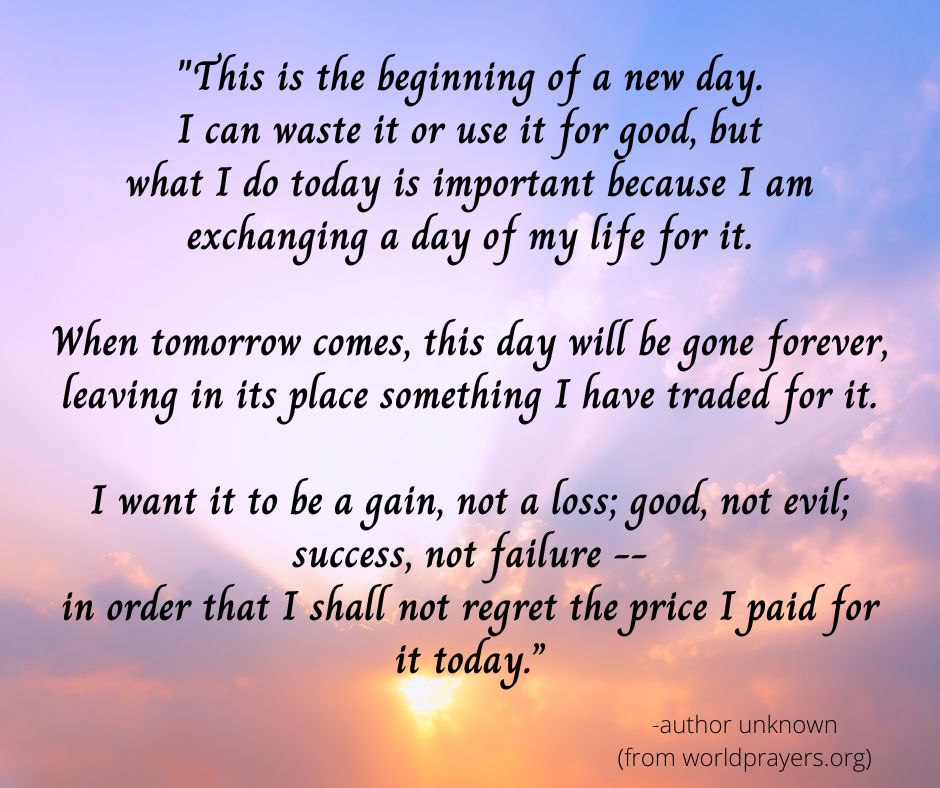 The beginning of a new year is a great time to reflect on where we’ve been and to decide where we are going! Are you taking stock of 2022 and making resolutions for 2023? For me, 2022 was a challenging year. My life turned upside down in early March, when I was diagnosed with breast cancer. I was determined to work through my treatment, but chemotherapy took its toll. I was able to keep my contracted commitments - and even take on a few more - for the most part, pivoting from live workshops back to virtual ones when my energy was lowest. I appreciate all who accommodated my health needs with empathy and compassion! After my chemo and surgery, I’m incredibly grateful to be cancer-free! I look forward to getting my business - and personal - life back on track. How about you? Would you like some encouragement as you look ahead to this new year? You may find the above poem helpful. I was taught to say it as a morning prayer when I was a child in Catholic school. Today, its familiarity brings me as much comfort as its message does. I hope you enjoy it, too. And may you feel energized and enthusiastic about reaching your goals!As you reflect, thinking about what you and your children have accomplished together last year can help you revise your teaching goals for 2023! We teachers often make our biggest plans according to the beginning of the school year rather than by New Year’s Day. But many of us can use a time to rejuvenate our teaching energy now! Here's a goal-setting exercise a former principal of ECS team member Marjorie Wild used. The teachers would write goals for the school year, not to turn in, but to keep for themselves. They were asked for a personal goal, a professional goal, and a goal for the students. This communicated the principal's respect for her staff as individuals, not just as teachers. It emphasized that personal and professional goals are both important, and that the goals for the children should be top of mind. This was an administrator who was great at goal-setting and validation! If you set any similar goals at the beginning of the school year, now is a good time to reflect on how far you have come.
If you did not set goals when the school year began, now is a great time! You know your children, their accomplishments, and the adjustments that may be necessary for success! -Set goals. -Revise as needed. -Remember why you became a teacher and remind yourself - and others - often! Happy Holidays from all of us at ECS! We hope you are able to spend time with family and friends. Our hearts go out to those who are experiencing the loss of loved ones - we pray that you will be comforted. Are you finding the time and energy to shower your children with love, despite the hustle and bustle of the season? Perhaps you're trying to sprinkle in a few opportunities for fun and learning, too! Check our our ideas - and comment with yours as well. Here are some simple, kid-friendly play ideas to add some Christmas or other holiday fun - and learning! - into busy tasks and traditions. In parentheses are just some of the skills developed by children through play and activity.
The best holiday memories are made through experiences that help us connect with the people in our lives. Here are some ideas for strengthening your connections with children this holiday season: 8. Give the gift of time spent togetherUse holiday time to get down on the floor (or at a child’s level) and play! Let them lead the way. Ask questions, like “What are you building?” “What do you think would happen if…[we build the tower taller?]" (Relationship-building) Share an interest, hobby or skill with a child. Children often imitate our actions or interests. For example: -If you are a sports fan–give a team shirt and age-appropriate ball or sports equipment. (Gross motor skills) -If you are a bird watcher, give a book about birds and take a walk to look for birds. Put out food for birds or decorate a birdhouse together. (Counting birds, naming colors, etc.) 9. Give the gift of languageGive young children books, or just spend time reading to children! -Visit the library for holiday books to read to your children -Talk about the pictures, stories and characters as you read Have meaning-filled, back-and-forth conversations while playing or working together on tasks. For example: “Bring me two candy canes”, “Let’s roll the cookie dough.” “How does the dough feel? Mine feels sticky!” (Serve and return interactions strengthen relationships and build resilience.) 10. Give the gift of comfort!We often associate the holidays with comfort: the comfort of a warm home, comfort food, or curling up on the sofa to watch a holiday movie. Share with children ways to relax and find comfort when the excitement of the holidays begins to overwhelm. -Provide opportunities for calming activities like snuggling, reading, breathing exercises or “I Love You rituals” -Take a calming drive around to see Christmas lights and decorations -If you travel, bring your child’s favorite comfort item like a blanket or toy -Young children often find comfort in toys or items that appeal to the senses. Make your own sensory toys (such as homemade playdough) or shop our ECS store for our eepworm comfort toys and books! We hope these tips help you make the most of the holidays with your children, wherever you may be!
We wish you joy and peace! 1. Share the real story of the first ThanksgivingWhen we share with children the story of the first Thanksgiving, we help them begin to understand an event in history and to learn about people who shaped our nation. We must be careful to provide accurate and age-appropriate information. For parents and teachers of young children, I highly recommend the children’s book, One Little, Two Little, Three Little Pilgrims by B.G. Hennessy. Predictable text makes it fun to read and rich illustrations encourage children to “read the pictures." Help kids notice what the children - and turkeys! - in the pictures are doing, as they work and play as children likely did in 1621. Much of what we know of the first Thanksgiving and the Wampanoag people who joined Pilgrim separatists for that first three-day gathering is illustrated in Hennessy’s children’s book. Also included is back matter that explains Thanksgiving facts as we know them. As you plan Thanksgiving activities and participate in them with children, don’t teach anything that they will have to “unlearn.” If you plan to have a program or feast or to act out the first Thanksgiving, keep in mind that stereotypical images can be lasting and hurtful. Strive for accurate and respectful images and information. The Smithsonian Institution’s National Museum of the American Indian website offers many resources about Thanksgiving, including:
2. Help children appreciate Native American cultures“During National Native American Heritage month, we celebrate Indigenous peoples, past and present… and honor the profound impact Native Americans continue to have in shaping our nation.” (From a proclamation issued by President Biden, Oct 31, 2022) Many early childhood classrooms center stories and activities within a Thanksgiving theme during November. For young children, these activities and images may be their earliest impressions of Native American culture. While dressing up and making Thanksgiving crafts have a long tradition in many learning programs, we teachers and caregivers should be aware of the accuracy of these early and lasting impressions. Let's update our teaching traditions if necessary, so that we are reflecting accurate and age-appropriate representations of Native Americans. This month, and throughout the year, we can explore different Native American tribes. Children enjoy learning where Indigenous people typically lived, and the many different housing, resources, and traditions of their cultures. Let's also help children learn to compare stories of life “a long time ago” with how and where we all live now. Helpful resources:
3. Enjoy open-ended Thanksgiving activities-Through conversation, storytelling, play and creativity, you will be providing age-appropriate information that will lay the groundwork for understanding the history and traditions of Thanksgiving. Here are some ideas:
Comment to share with us your own Thanksgiving activity ideas! 4. Encourage thankfulness each and every dayNovember is a time to reflect on all we have to be thankful for, but let's not stop there! Let's let that abundance fill every day! At Thanksgiving, we're grateful to gather and share traditions with others. We may devote the day to showing appreciation for the blessings of food and of the people in our lives we share the day with, whether family, friends, or our community. We can give abundant thanks for health and blessings throughout the entire year, too. Let's all make the effort to share our gratitude with others by letting them know how much we appreciate their service, their attention to their job, or their presence in our lives. Let's make the most of the opportunities to acknowledge the good we have! We can also help our children cultivate their gratitude:
Here are some more tips from Child Mind Institute on "Raising Grateful Kids" (See the article for all 10 tips):
By the way, we at ECS are grateful for all of you who are helping young children thrive - thank you! 5. Let children know what will happen ahead of timeBeing prepared helps ease children’s anxiety - and behavior - during the holiday season! We all feel better - and behave better! - when we know what to expect! Here are some ideas to help your children prepare for and understand the upcoming changes in daily routine:
We at ECS wish you a calm time of holiday preparation! Check out our blog posts on emotional support and mindfulness if you'd like some helpful calming strategies! References & ResourcesHennessy, B.G. (1999). One Little, Two Little, Three Little Pilgrims. New York: Viking.
National Museum of the American Indian. (n.d.). Smithsonian. https://americanindian.si.edu/nk360. A Proclamation on National Native American Heritage Month. (Oct 31, 2022.) The White House. www.whitehouse.gov/briefing-room/presidential-actions/2022/10/31/a-proclamation-on-national-native-american-heritage-month-2022/ 10 Tips for Raising Grateful Kids: How to help kids show (and feel) appreciation. (Sept 9, 2021). Child Mind Institute. childmind.org/article/10-tips-raising-grateful-kids/ |
AuthorI'm Diane Goyette, a Child Development Specialist, Trainer, Consultant and Keynote Speaker. I'm excited to share my blog! Archives
August 2023
Categories
All
|
|
Ways to Contact Us:
Schedule an Appointment |
|
Follow earlychildhoodspecialties for encouragement, teaching tips and more!
|
Follow eepworm for child-friendly posts!
|
© 2013-2024 Early Childhood Specialties LLC. All rights reserved.







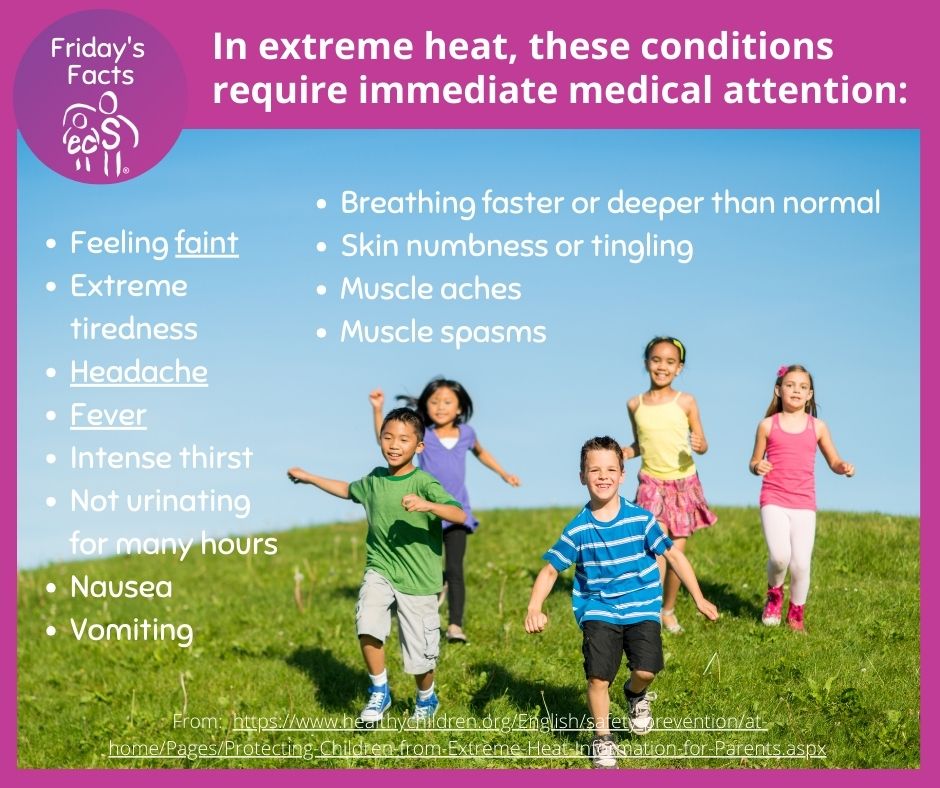

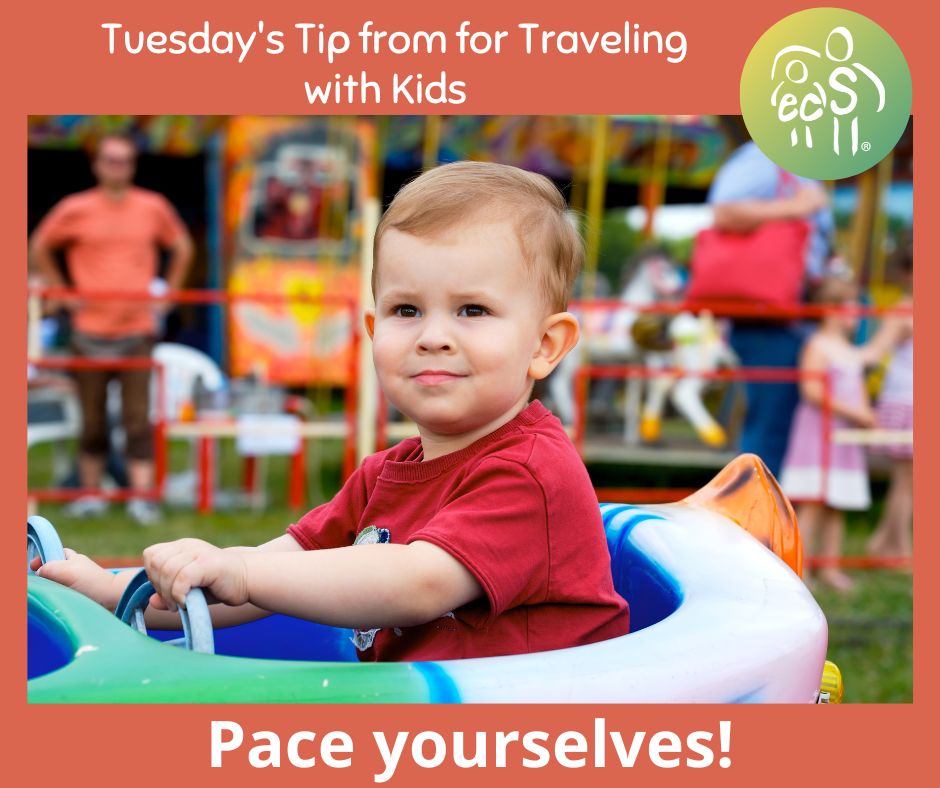
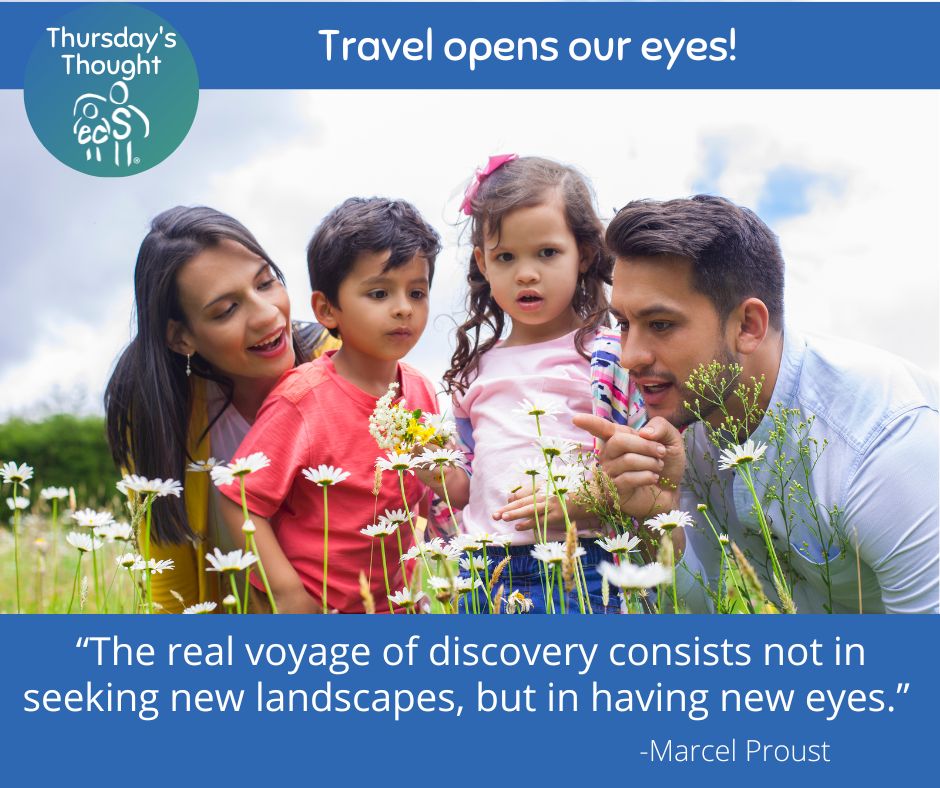
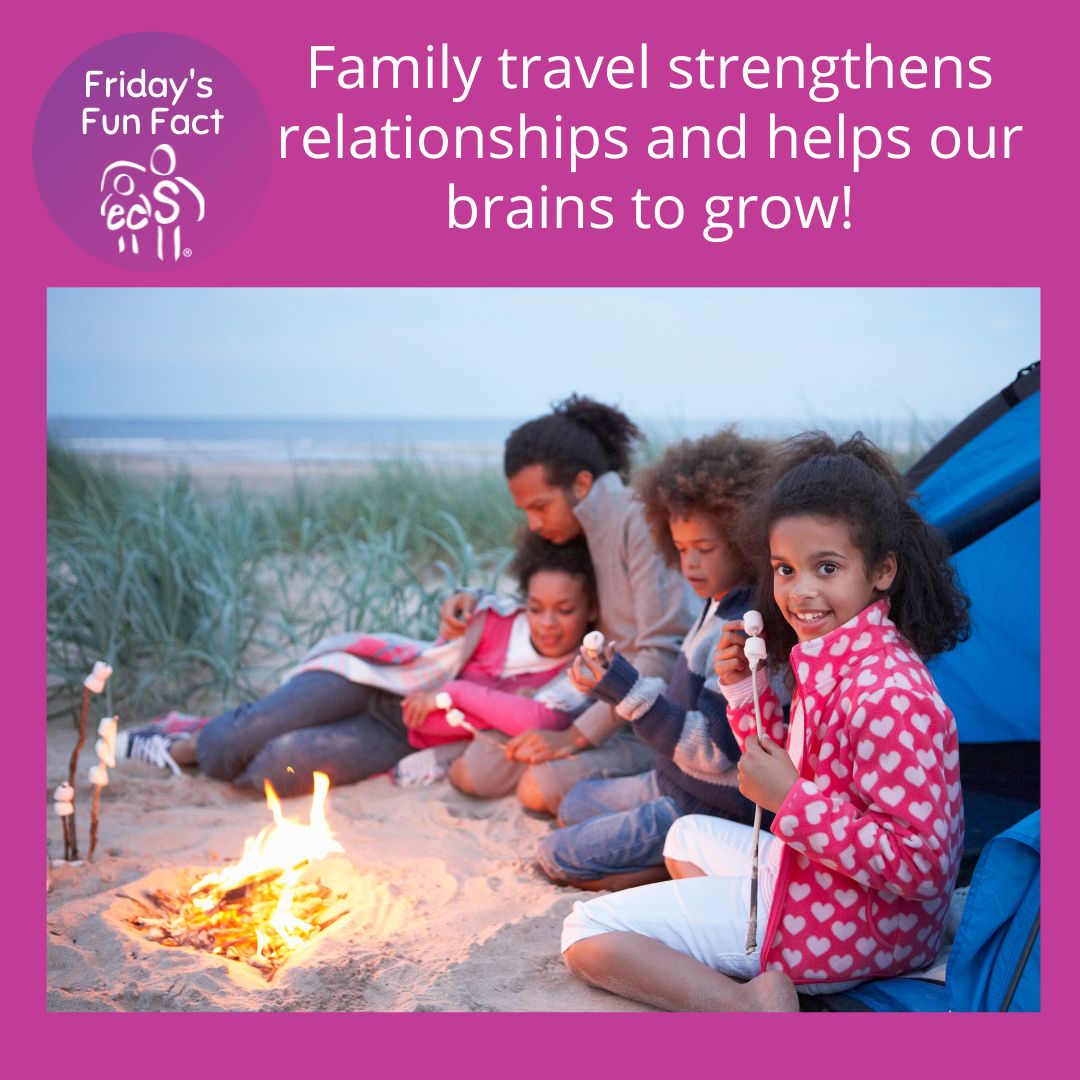

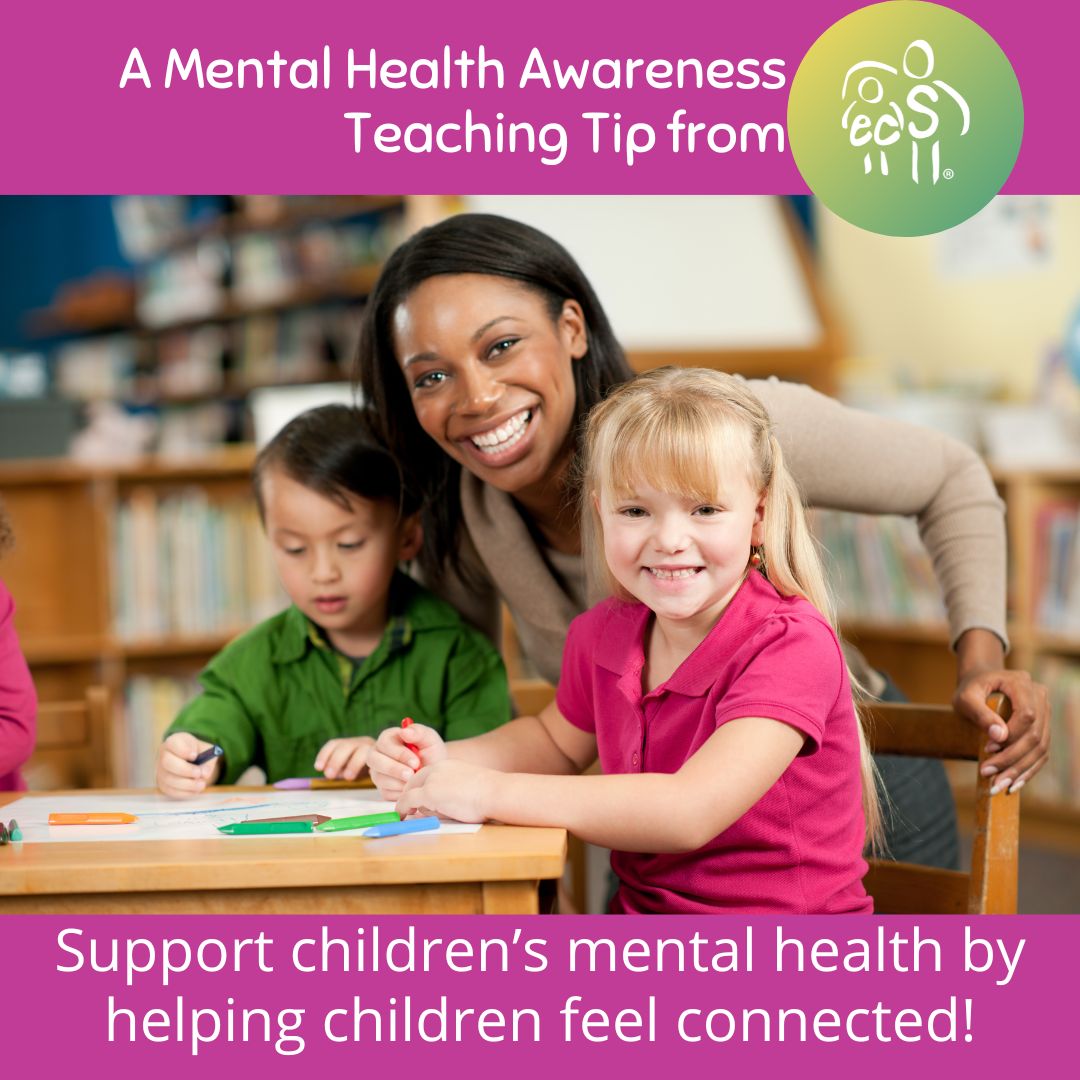
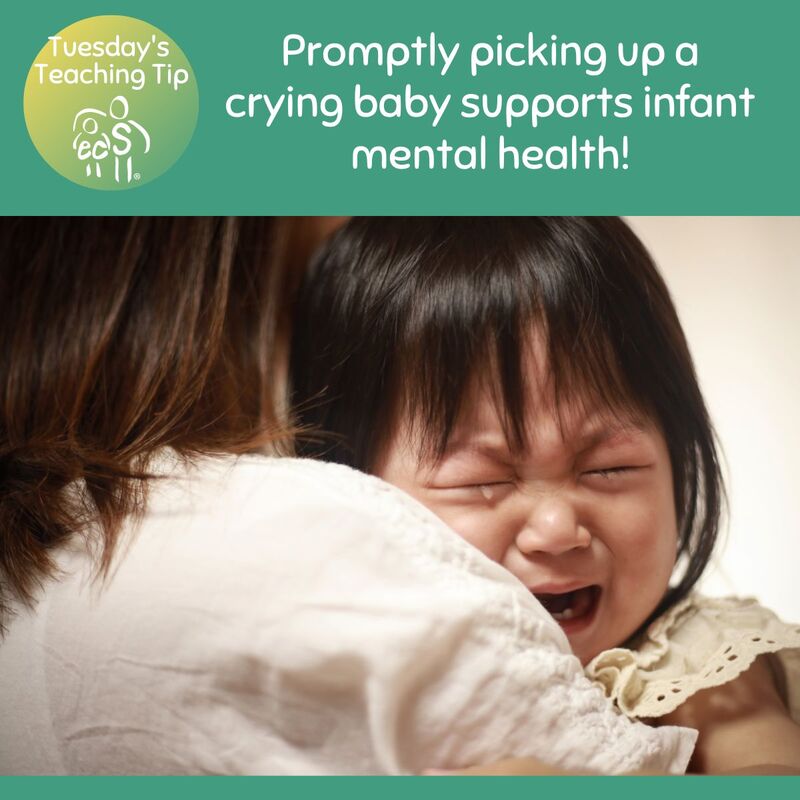

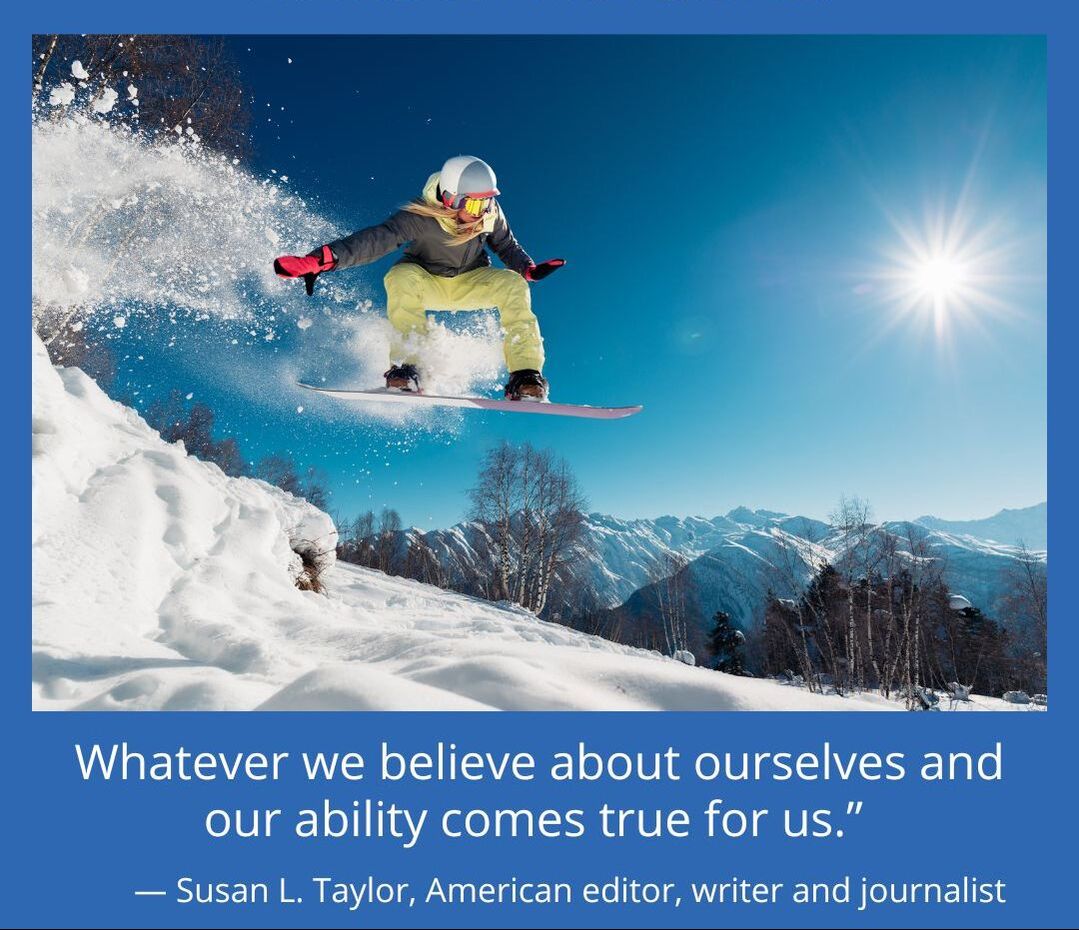
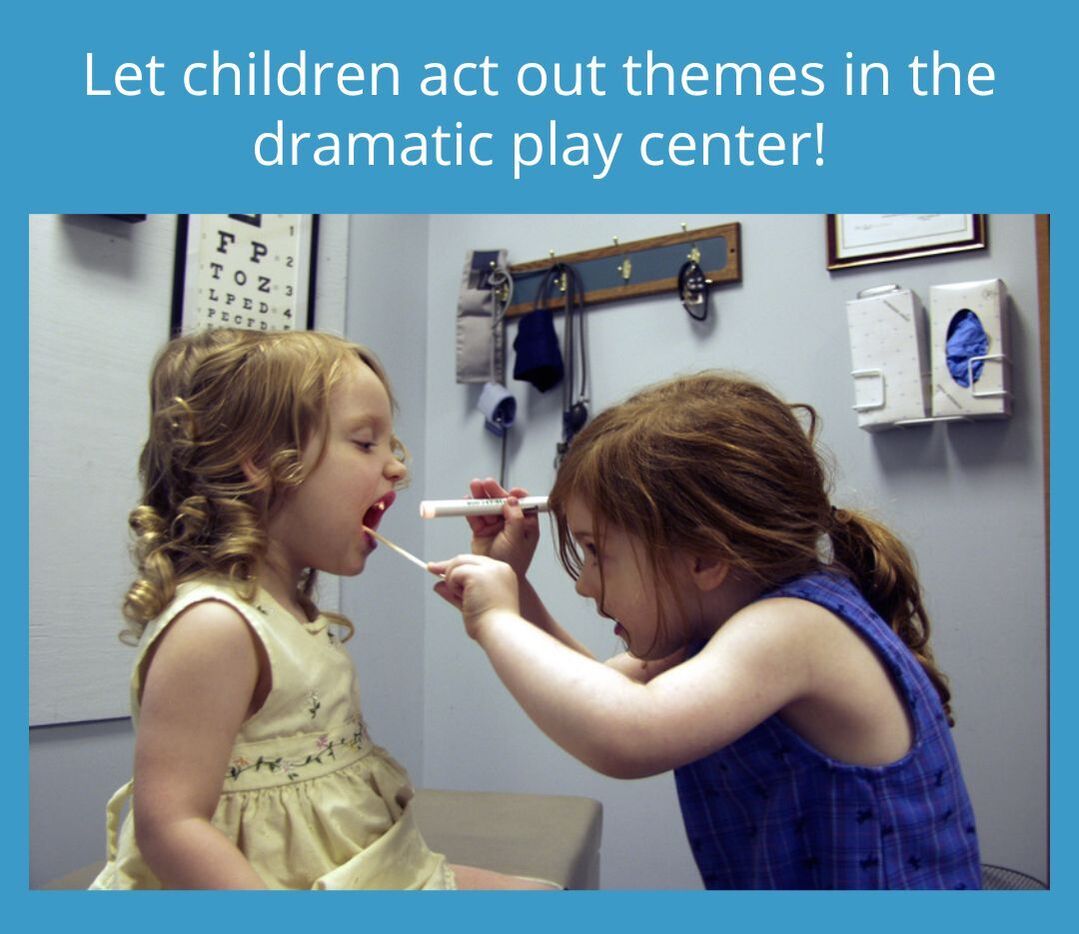
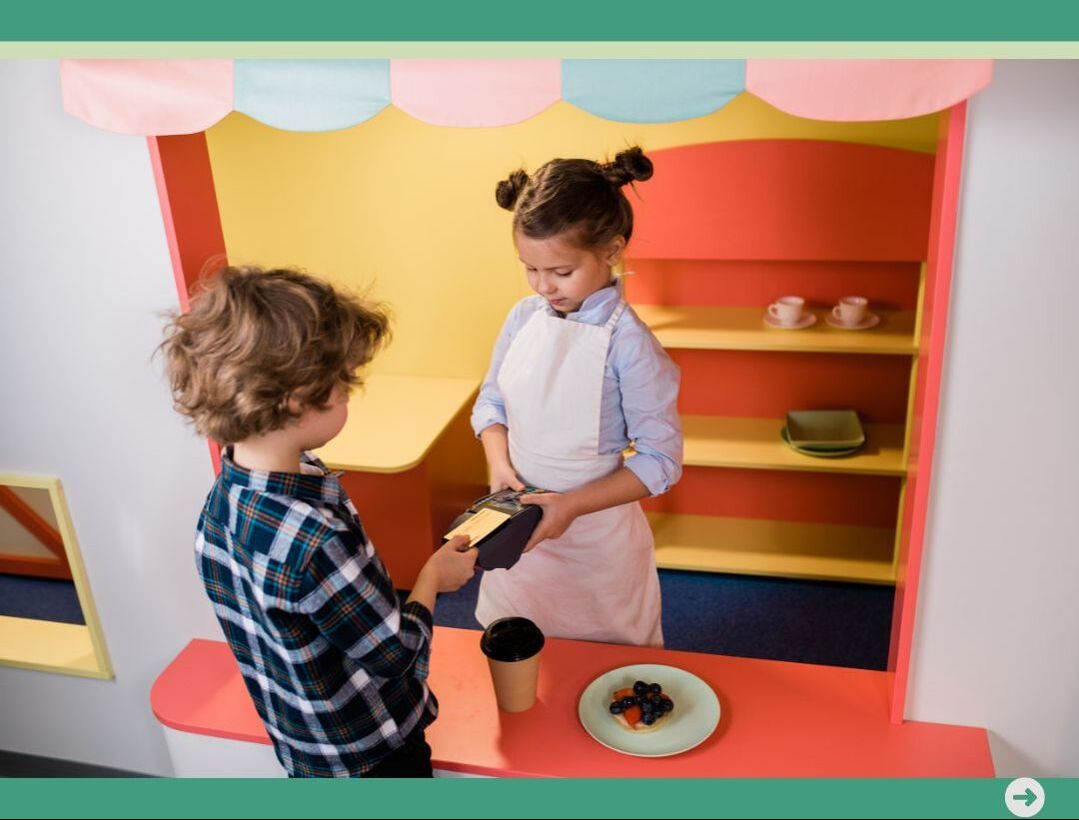
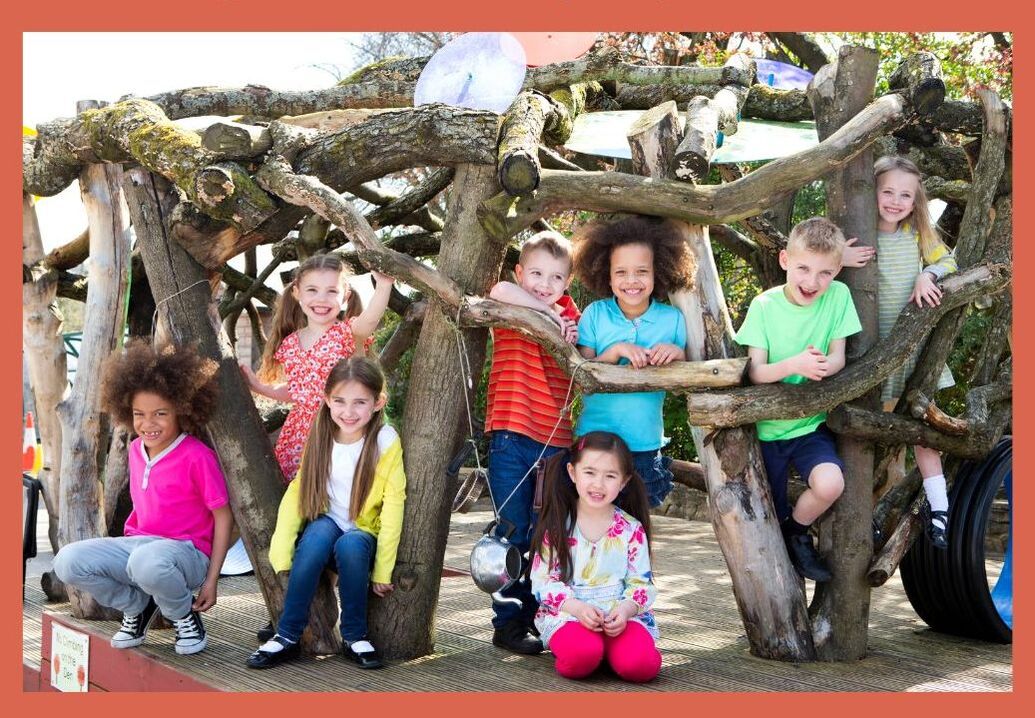
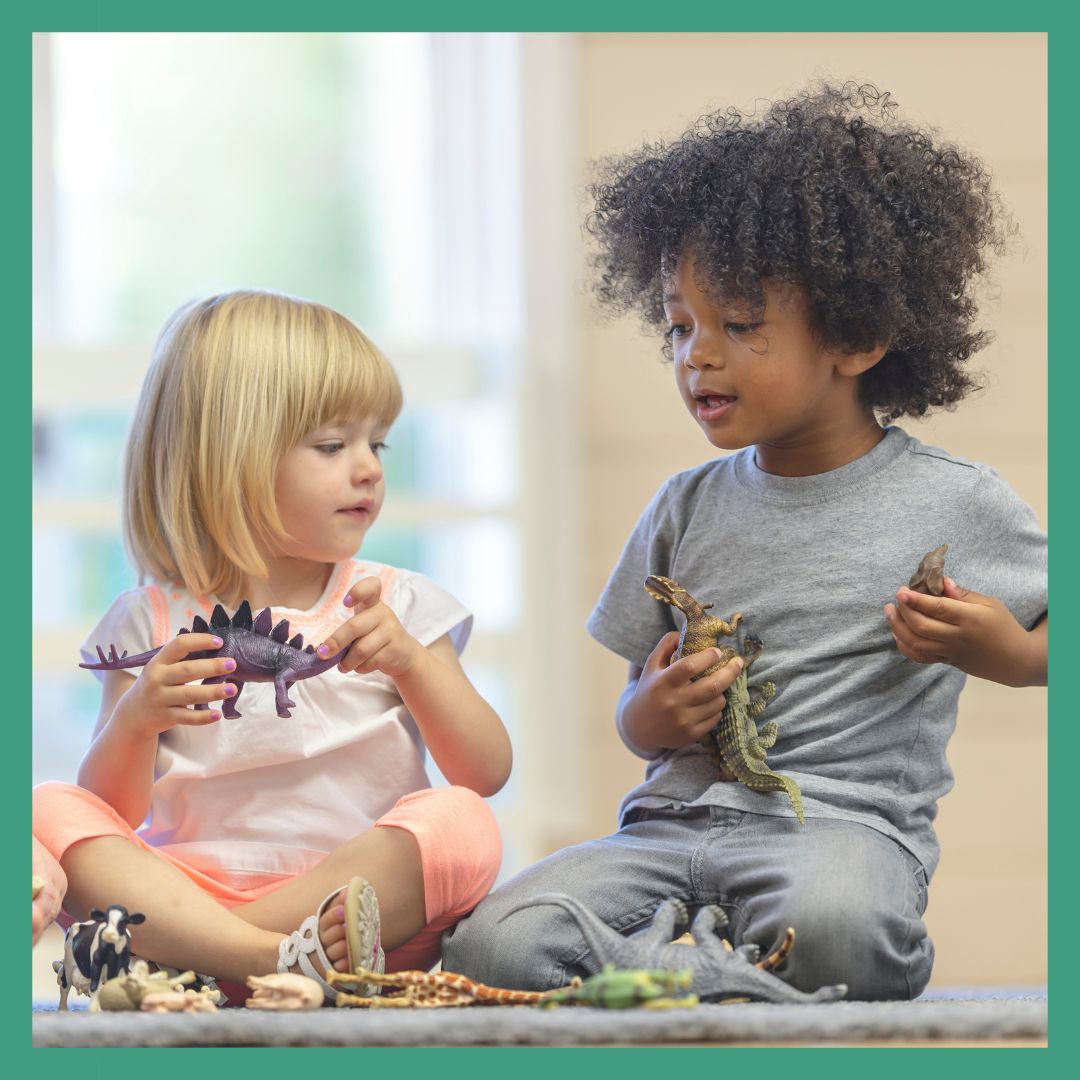
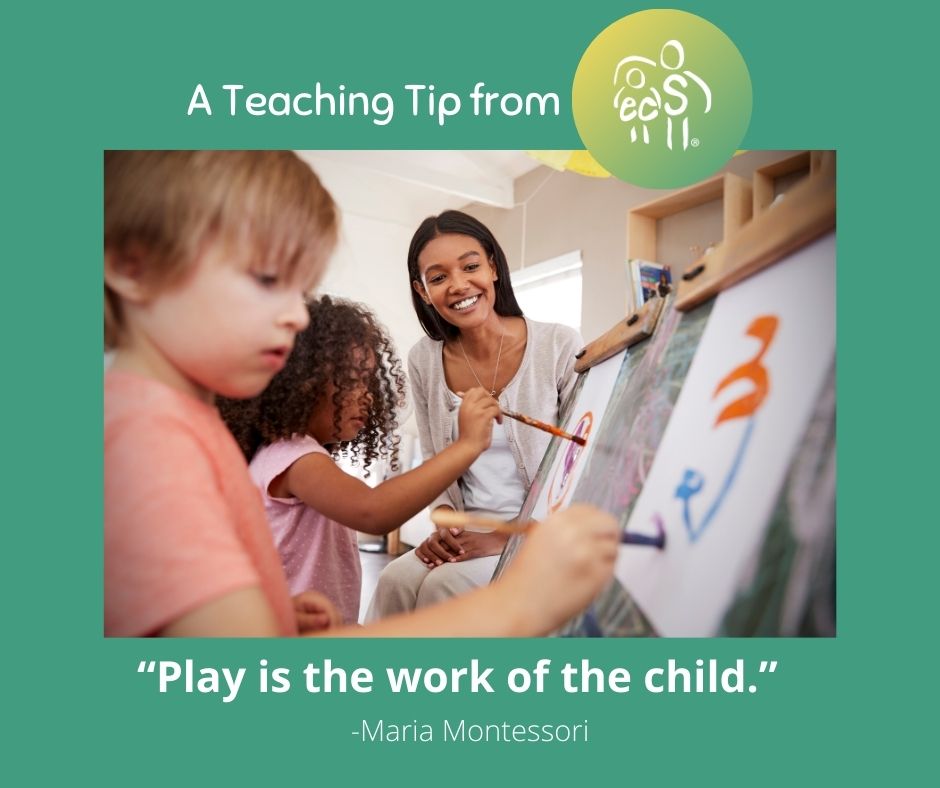
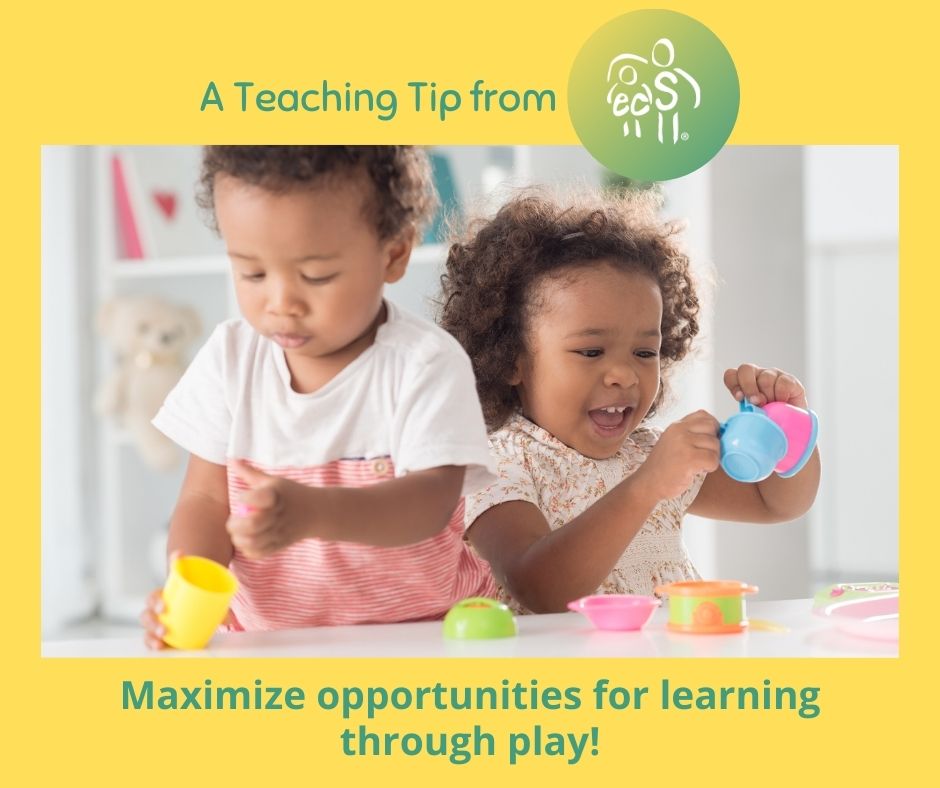
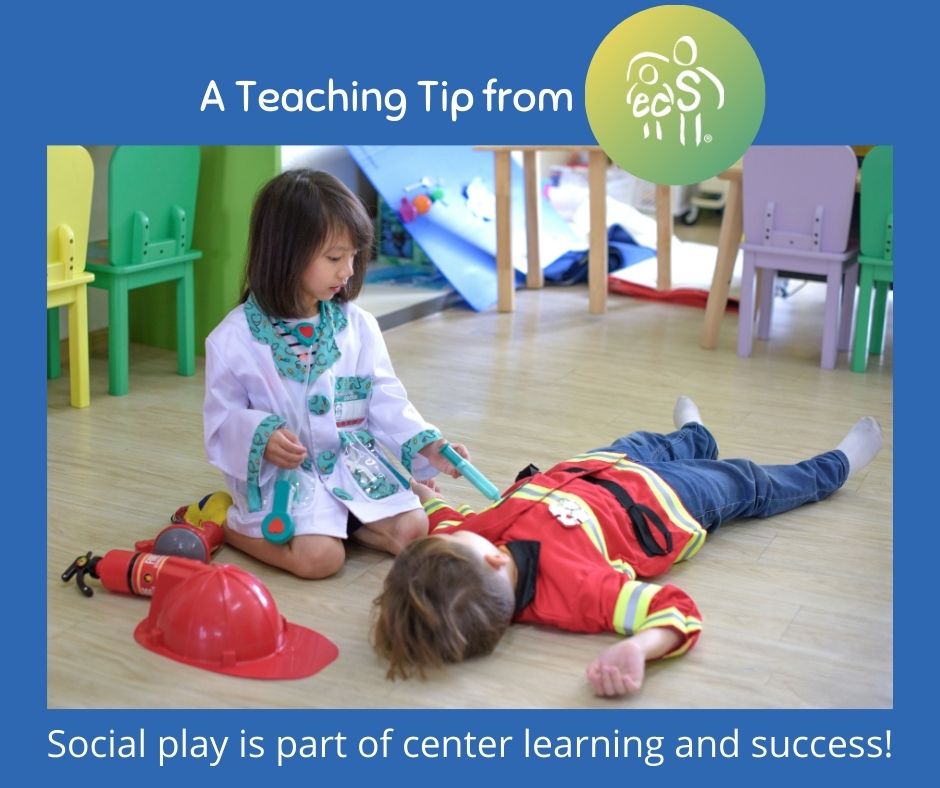
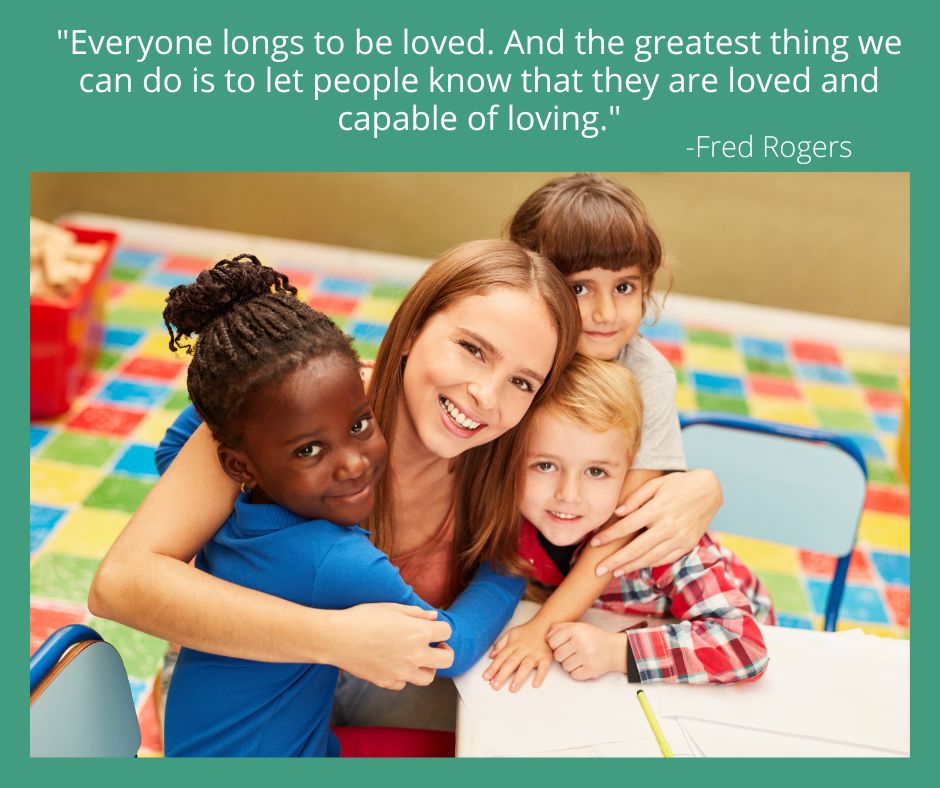
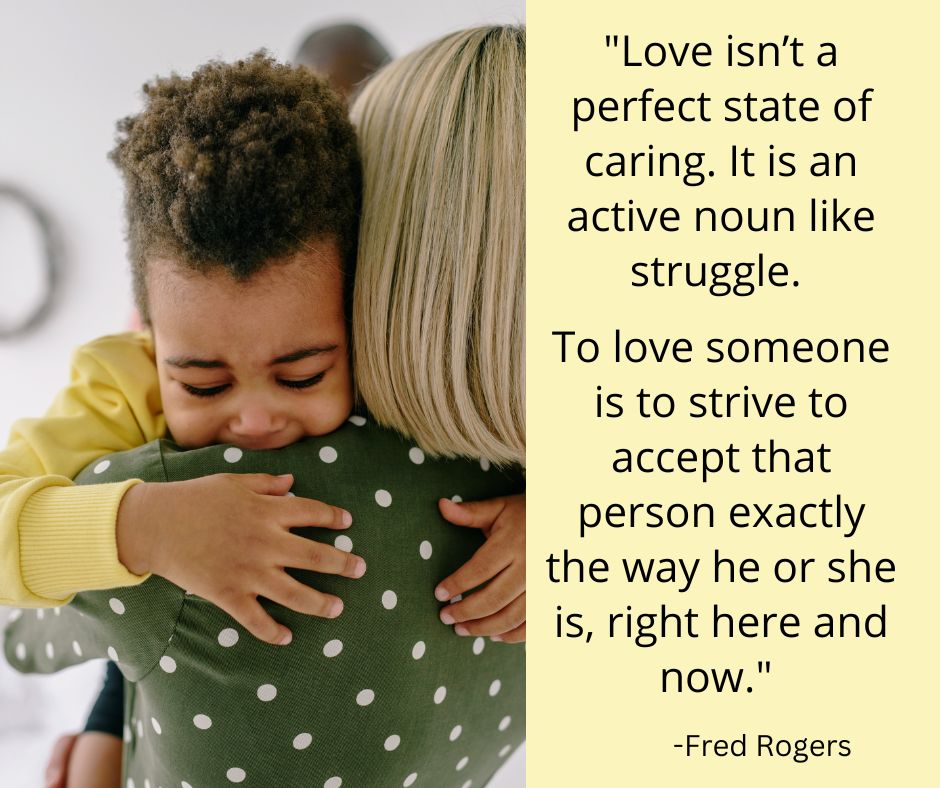
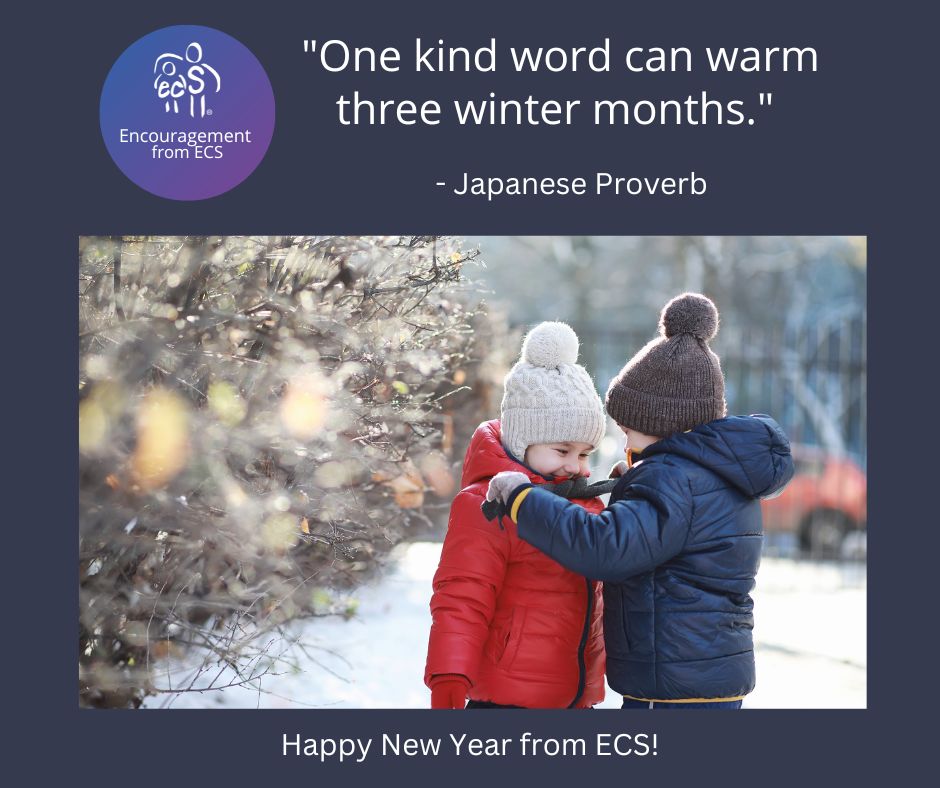
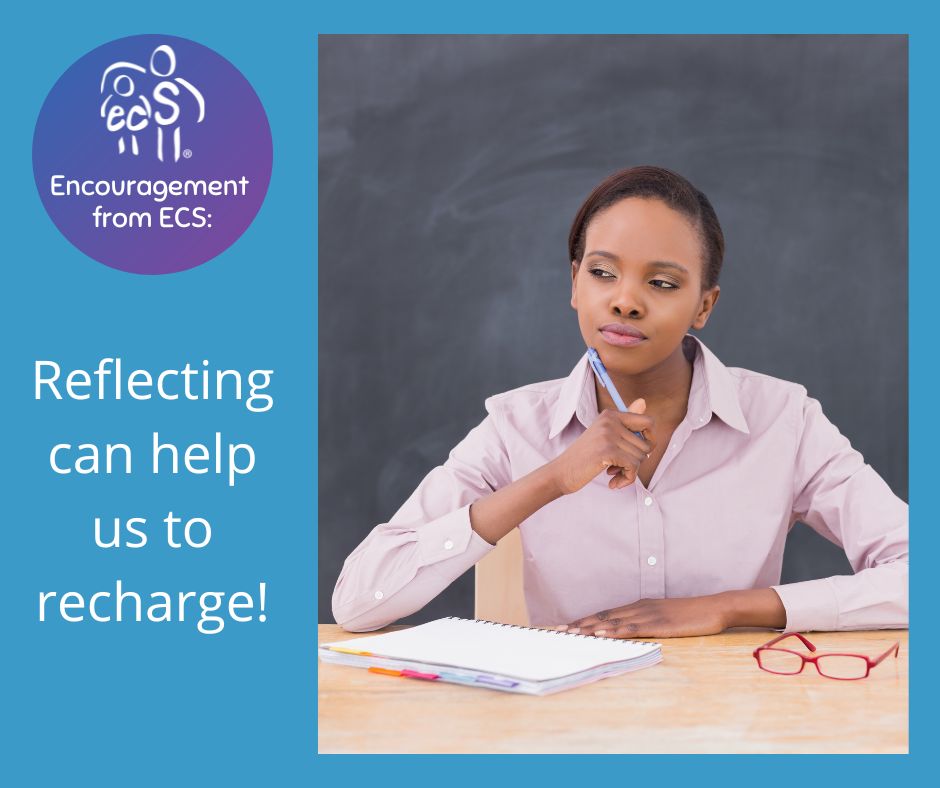
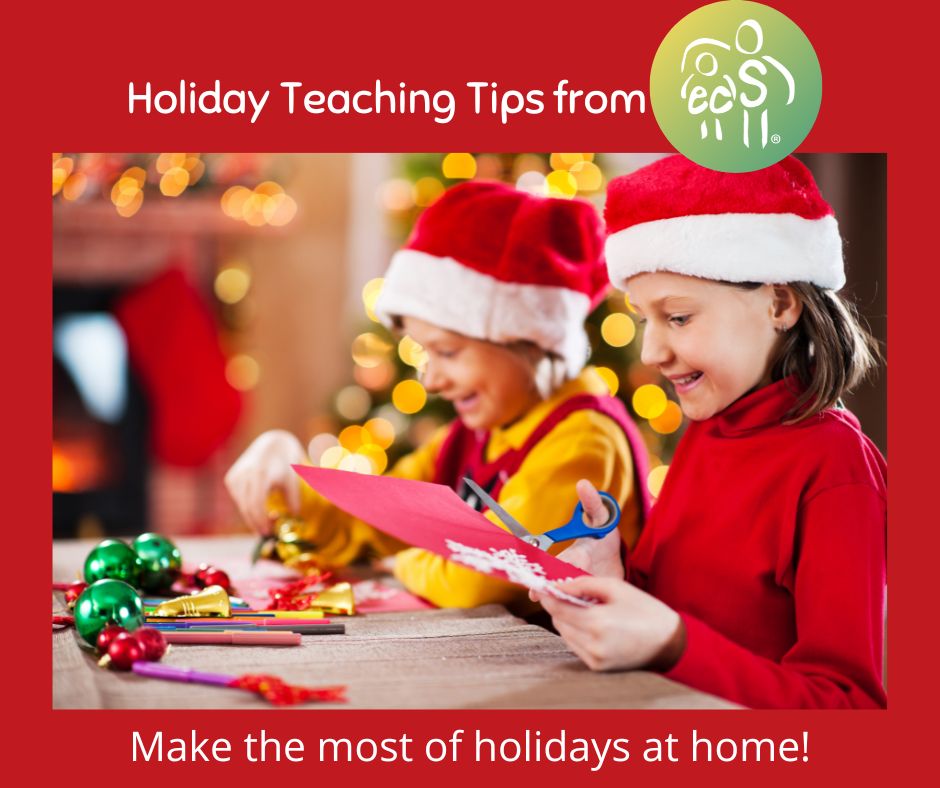
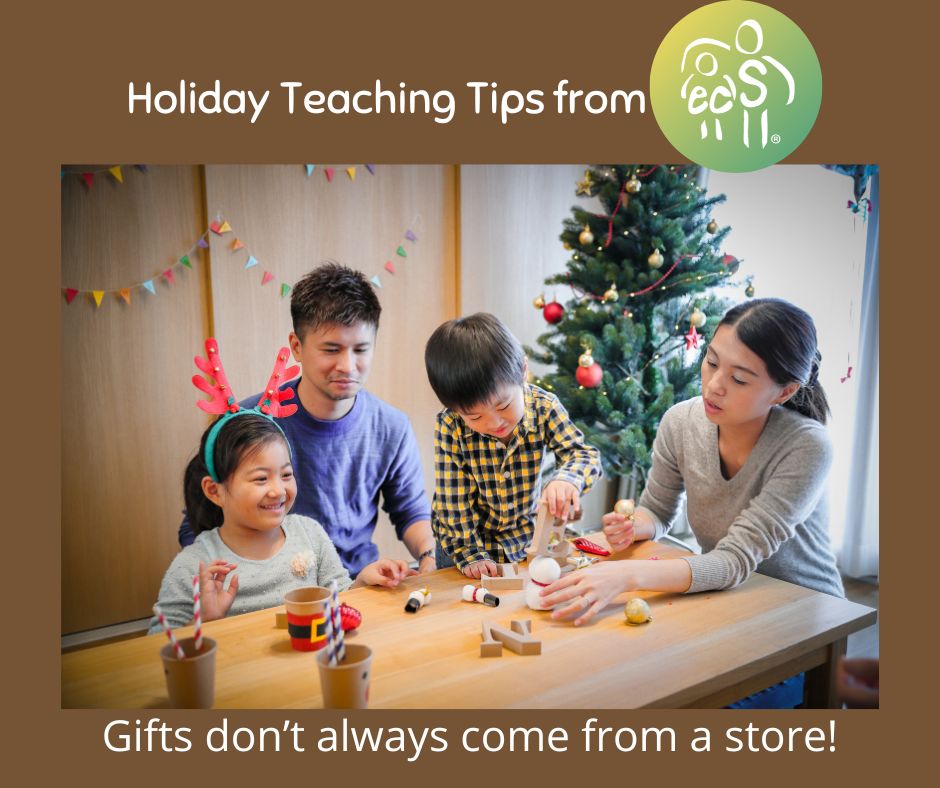
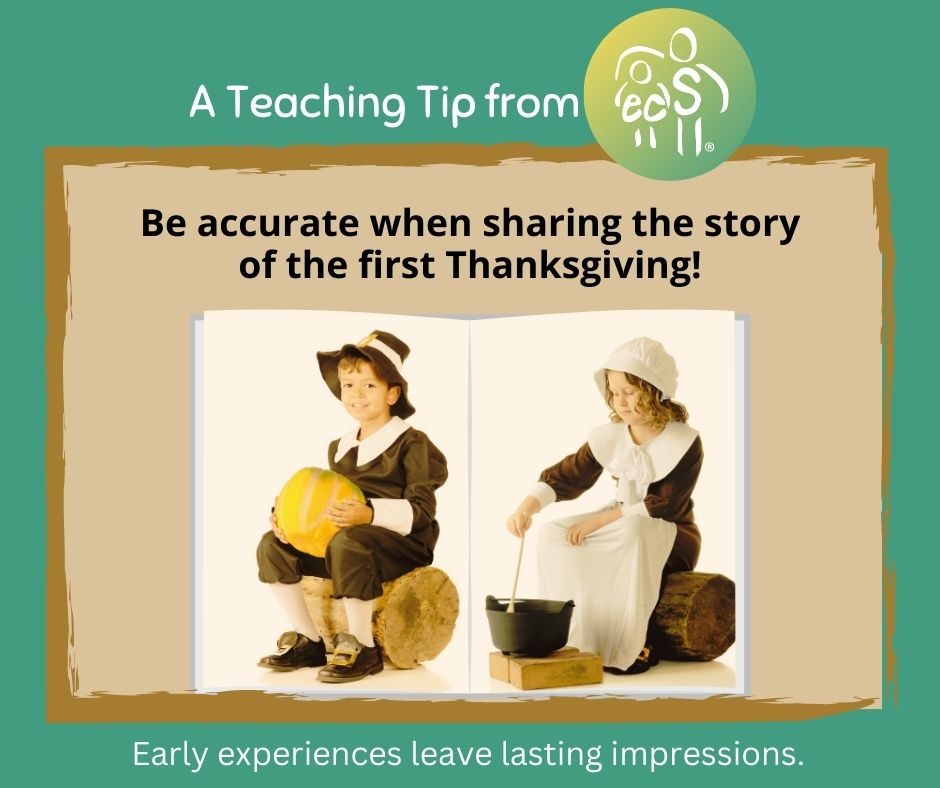
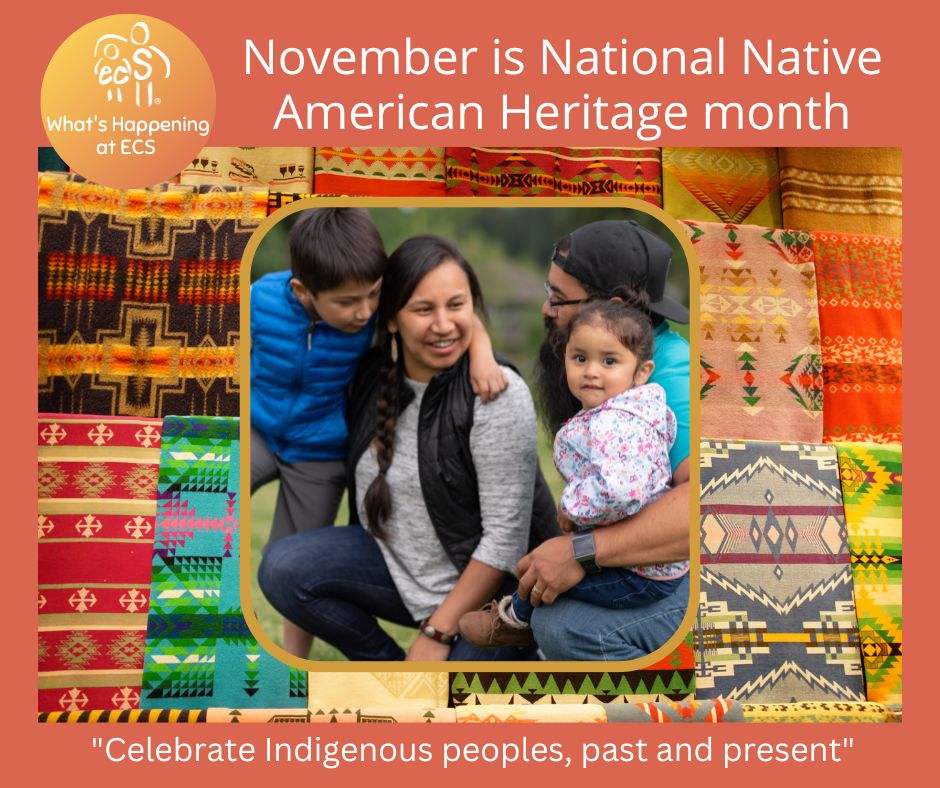
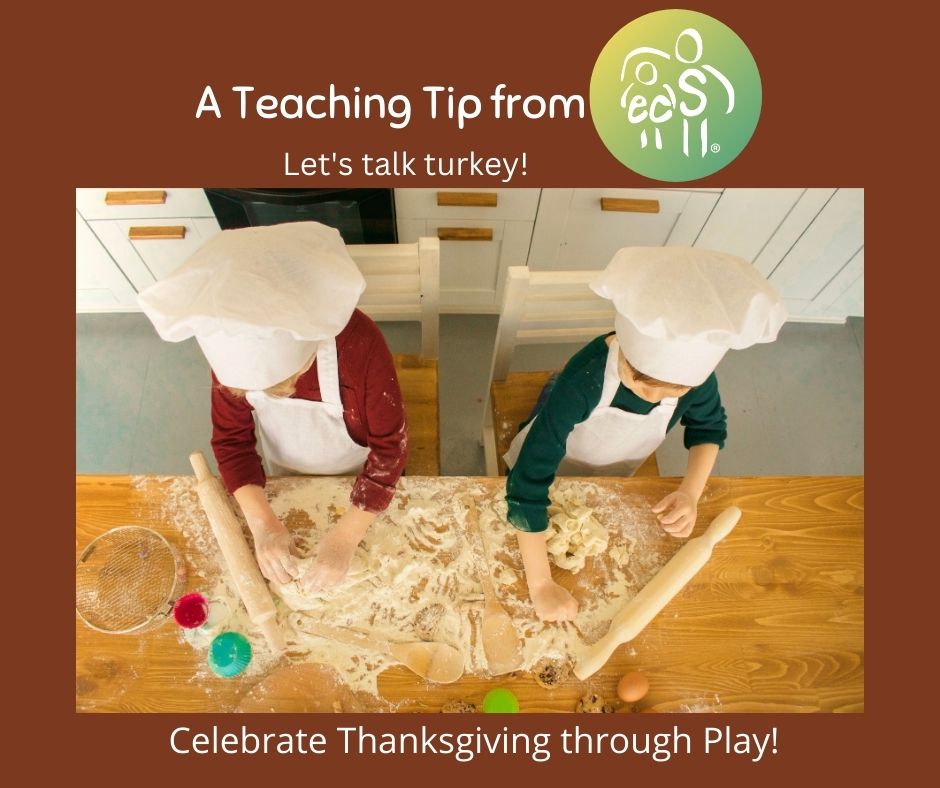
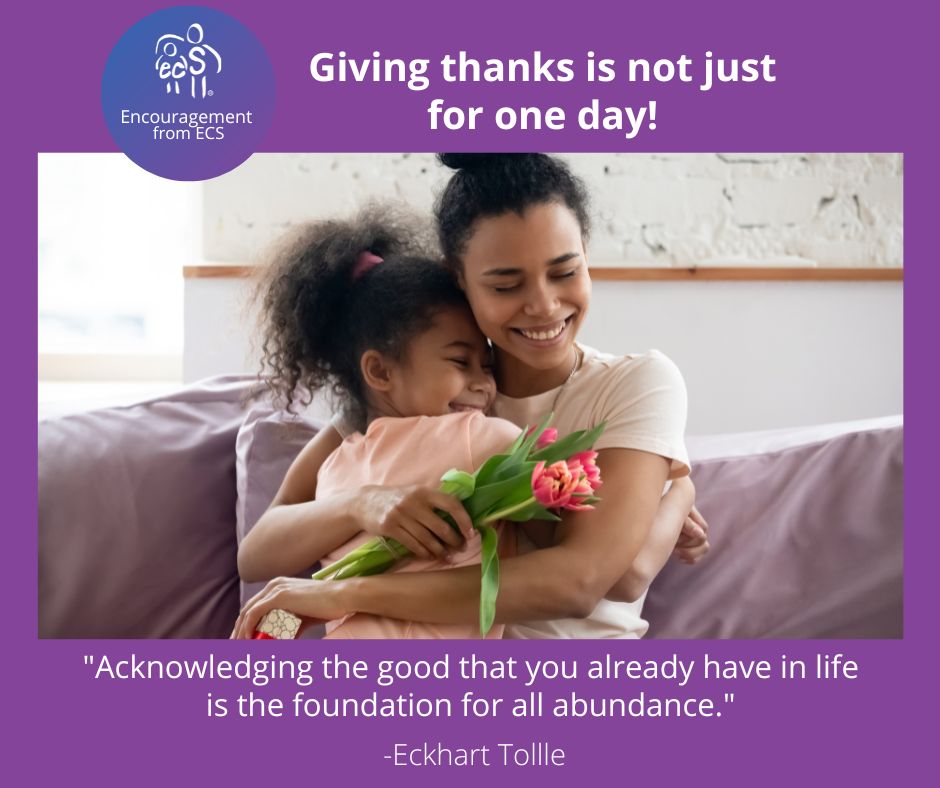
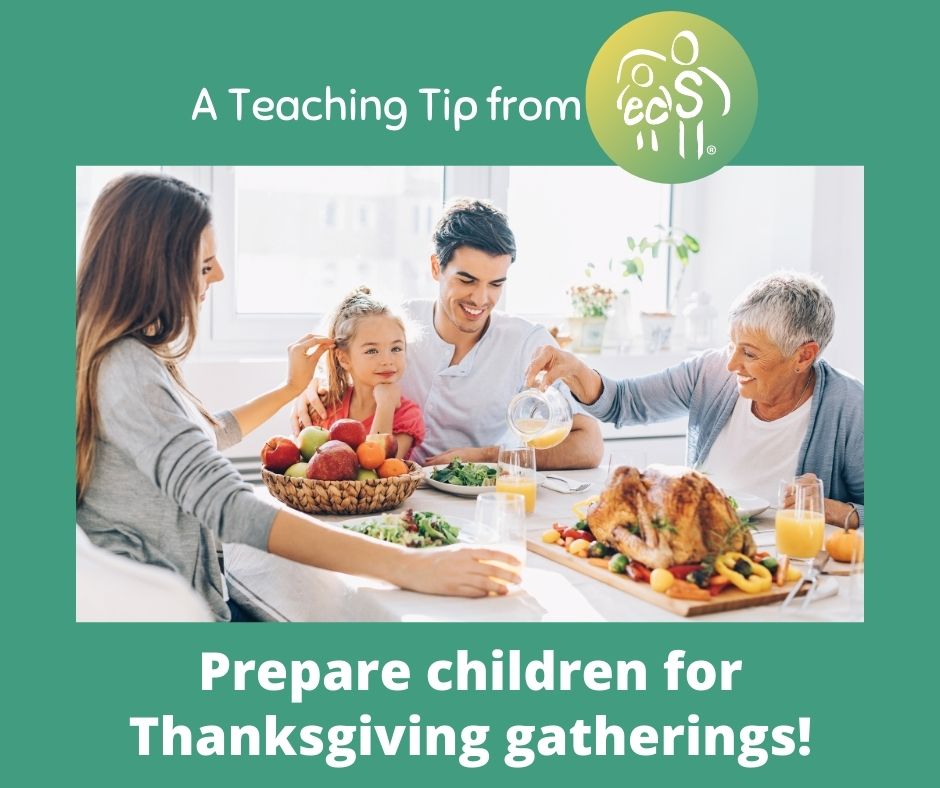
 RSS Feed
RSS Feed